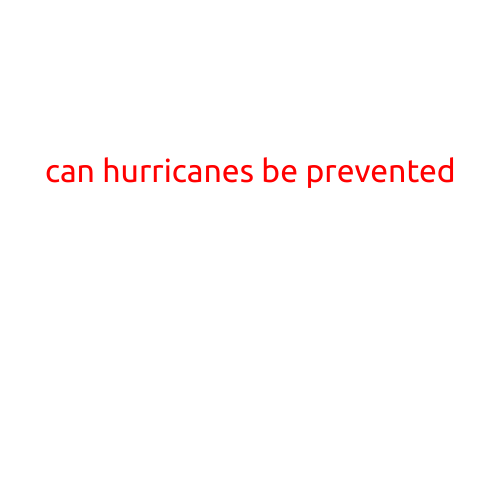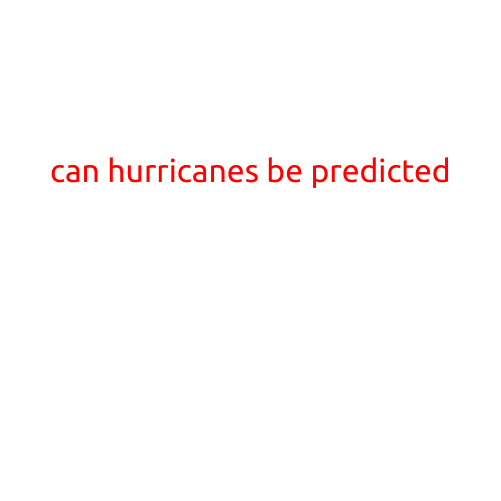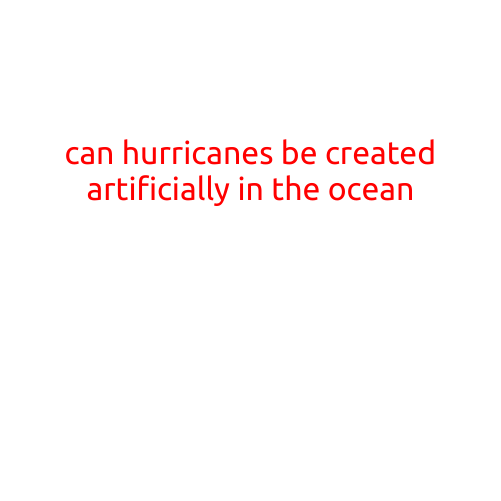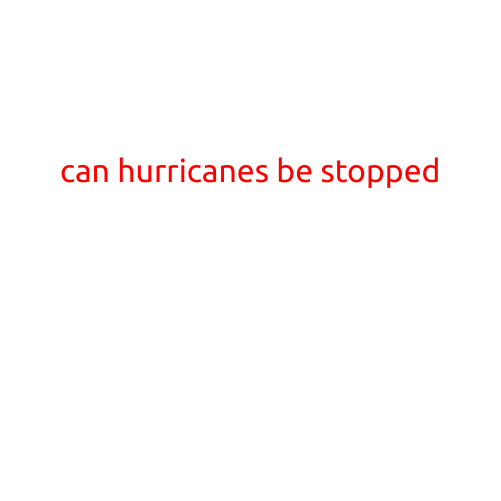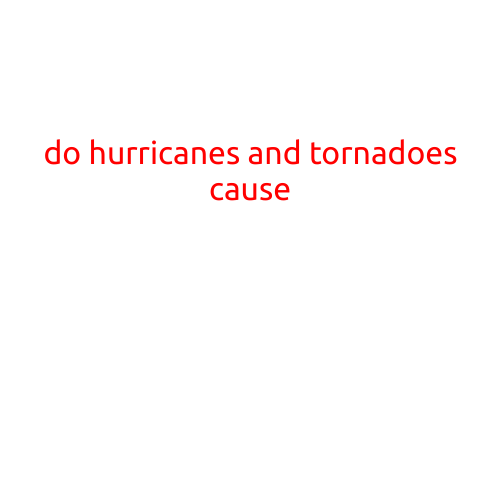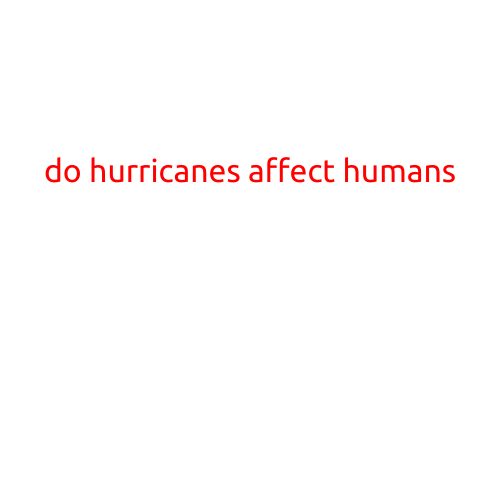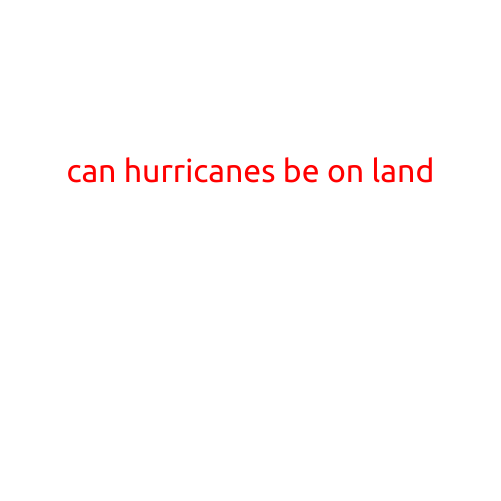
Can Hurricanes Be on Land?
Hurricanes are intense tropical cyclones that form over warm ocean waters, bringing catastrophic winds, heavy rainfall, and storm surges to coastal areas. While most people associate hurricanes with the ocean, the answer to the question of whether hurricanes can be on land is a complex one. The short answer is: yes, but with some caveats.
How Hurricanes Form
Hurricanes form when a combination of atmospheric and oceanic conditions come together over warm ocean waters. These conditions include:
- Warm ocean waters (at least 26.5°C or 80°F) to a depth of about 50 meters (164 feet)
- Moisture and humidity in the atmosphere
- Wind shear (changes in wind direction and speed) that is low
- A pre-existing weather disturbance, such as a tropical wave or a low-pressure system
As these conditions come together, they create a self-sustaining system of low pressure, high wind speeds, and heavy rainfall. The winds in a hurricane rotate counterclockwise in the Northern Hemisphere and clockwise in the Southern Hemisphere due to the Coriolis effect.
Landfall: When Hurricanes Reach Land
When a hurricane makes landfall, it is no longer considered a hurricane in the classical sense. Instead, it is referred to as a tropical storm or a depression, depending on its intensity. Landfall occurs when the center of the hurricane comes ashore, bringing its storm-force winds, heavy rainfall, and storm surge to the coastal area.
However, it is important to note that even after landfall, a hurricane’s effects can still be felt inland. Tropical cyclones can bring torrential rainfall, strong winds, and significant flooding, even hundreds of kilometers inland.
Tropical Cyclones on Land
While hurricanes proper do not occur on land, tropical cyclones can still affect landmasses through various means:
- Tropical depressions: These are low-pressure systems that develop over land, often as a result of a hurricane making landfall. Tropical depressions are characterized by light winds and little to no rainfall.
- Tropical storms: These are similar to tropical depressions but have maximum sustained winds of 39-73 km/h (24-46 mph). They can bring heavy rainfall and strong winds to inland areas.
- Post-tropical cyclones: These are tropical cyclones that have transitioned to a mid-latitude weather system, often as a result of moving over land or cooler waters. They can still bring significant weather impacts to affected areas.
Conclusion
In conclusion, while hurricanes as we typically think of them do not occur directly on land, tropical cyclones can still affect landmasses through various means. Hurricanes can bring significant impacts to coastal areas through storm surges, heavy rainfall, and strong winds, even after making landfall. Inland regions can also experience heavy rainfall, strong winds, and flooding from tropical cyclones, such as tropical storms and depressions.
